Remembering Apple's special Music events
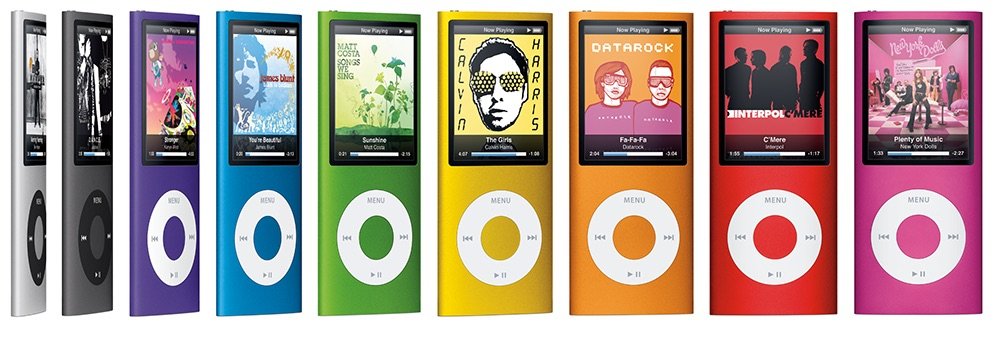
It's well-known that the original iPod was introduced in the fall of 2001, and the iTunes Store was first shown off in April 2003. But Apple's obsession with music didn't stop there: The company had many music-themed events throughout the next decade.
Throughout the 2000s, Apple's consumer announcements largely revolved around Macworld Expo, held each January in San Francisco. Only a few iPods were introduced there, however: The iPod mini, in January 2004, and the iPod shuffle in January of 2005.
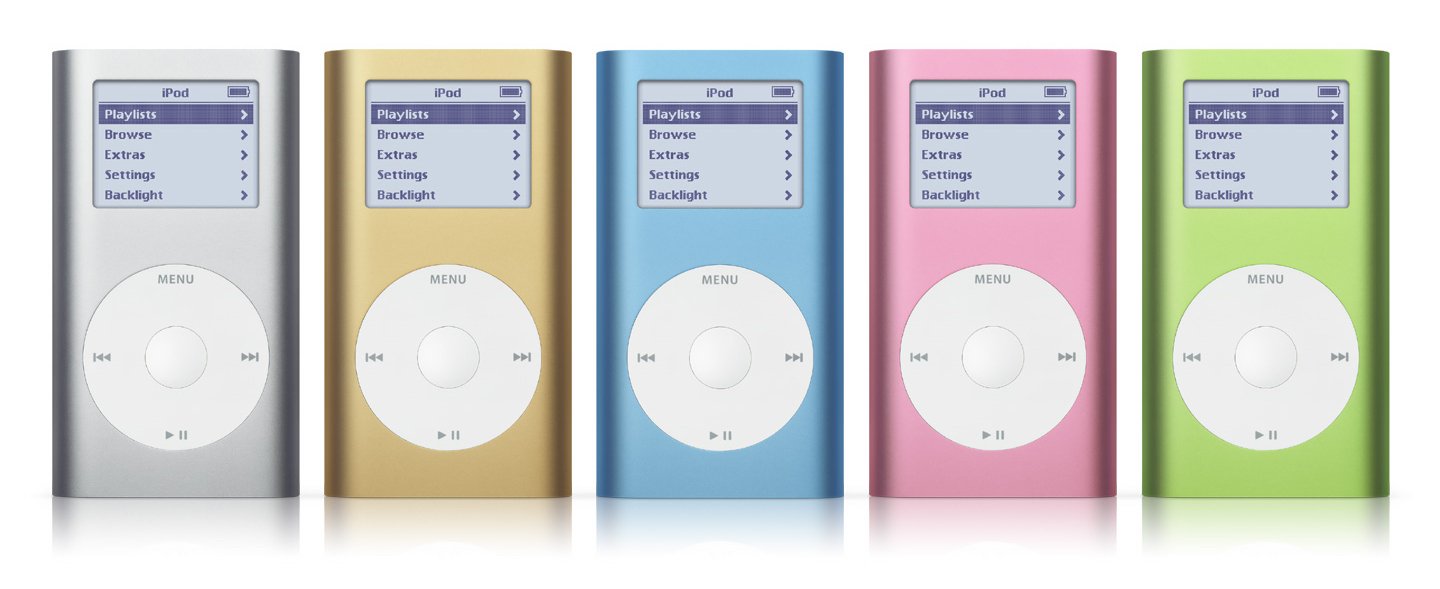
The iPod mini was the second member of the iPod lineup: Equipped with a 4GB hard drive that could hold 1000 songs and Apple's first example of a click-wheel with integrated buttons, the smaller model was designed to "go after" the Flash storage-based (solid state drive) players flooding the market at the time.
At $249, the iPod mini was more expensive than other Flash-based players on the market, but users didn't seem to care: The device was a huge hit. Its small size and choice of colors—silver, gold, green, blue, and pink—made it part MP3 player, part fashion accessory.
After a couple of years of iPod and iPod mini sales, Apple began to realize that its new MP3 player was a huge holiday seller. The company moved all new iPod releases from January to the fall, ensuring that new, lustworthy iPods would be on sale for the holiday shopping season.
2004-2006: The golden era
In October of 2004, Apple held its first official music event. After some housekeeping, Steve Jobs announced two new iPods: the iPod Photo and the first U2 iPod.
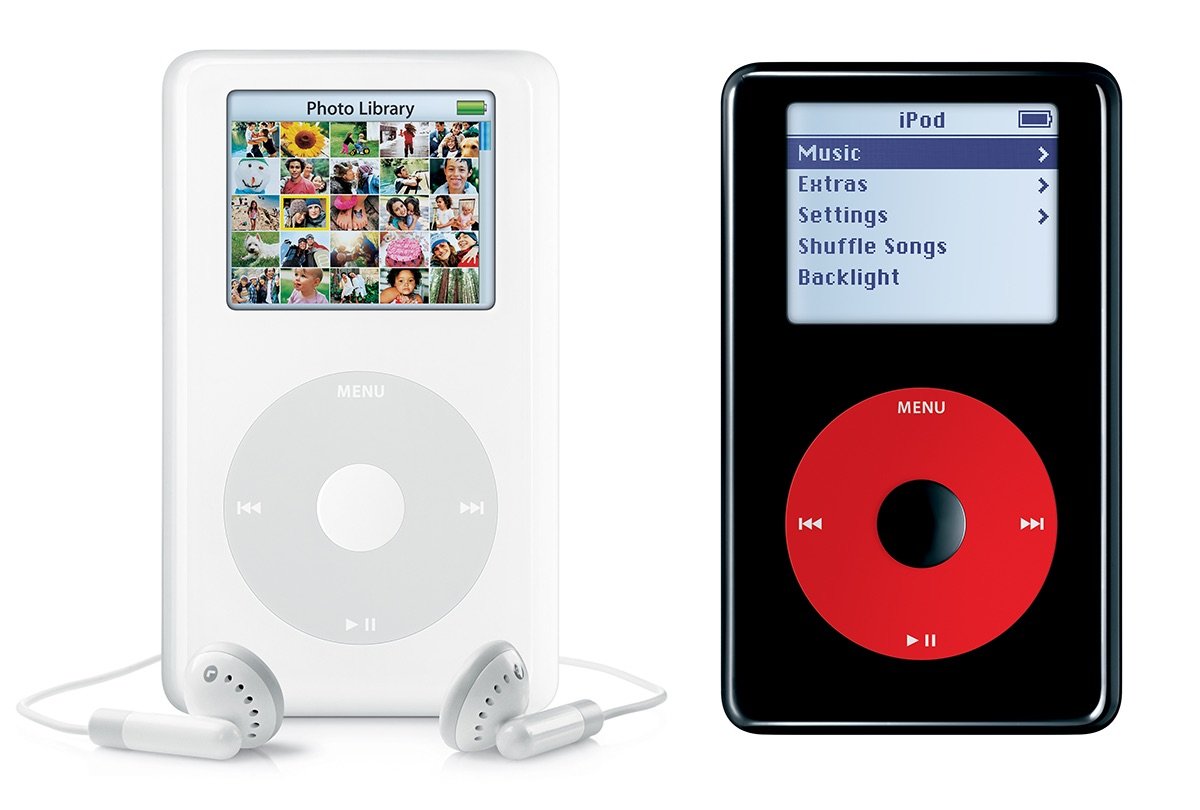
The iPod Photo had the same look as the fourth-generation iPod, but it came with a color screen and the ability to view images you'd synced via iTunes. (I remember being very jealous of my roommate's iPod photo.) It sat above the regular—grayscale—iPod in the product line at $499 for 40GB and $599 for 60GB; the two would later be folded into one model in June 2005.
Master your iPhone in minutes
iMore offers spot-on advice and guidance from our team of experts, with decades of Apple device experience to lean on. Learn more with iMore!
The second player introduced in October 2004 wasn't as revolutionary: The U2 iPod was a physical manifestation of the growing partnership between Apple and the band. Previous to this, Bono had helped demo iChat video conferencing, and the band had featured heavily in Apple's dancing silhouette ads.
Like the iPod Photo, the U2 iPod took its build design from the fourth-generation iPod, but its colors were unique: It sported a black body with a red click-wheel, and the stainless steel back boasted laser-engraved signatures from U2 band members.
This $349 iPod didn't include any of the iPod Photo's fancy features, but it did come with a poster of the band along with an iTunes Store coupon redeemable for $50 U.S. off The Complete U2, a "digital boxed set" featuring over 400 U2 tracks.
Yeah.
I can't think of much nice to say here, so let's just move on...
In September 2005, Apple took a big risk, replacing the iPod mini with the iPod nano.
The iPod mini was the most popular iPod to date—in fact, it was the most popular MP3 player in the world. To replace it outright, after just a year and a half of (very impressive) sales, seemed insane. But Apple did just that.
Like its predecessors, the new Nano boasted "1000 songs in your pocket." The joke, however, was that the iPod nano was so small, it could fit in that odd little pocket found on most jeans. When Jobs pulled it out, there were audible "oohs" and "ahhs" from the audience: It was nearly one-third the size of the iPod mini before it. And instead of the anodized aluminum that wrapped the iPod mini, the nano came in white and black plastic, with stainless steel rear casing.
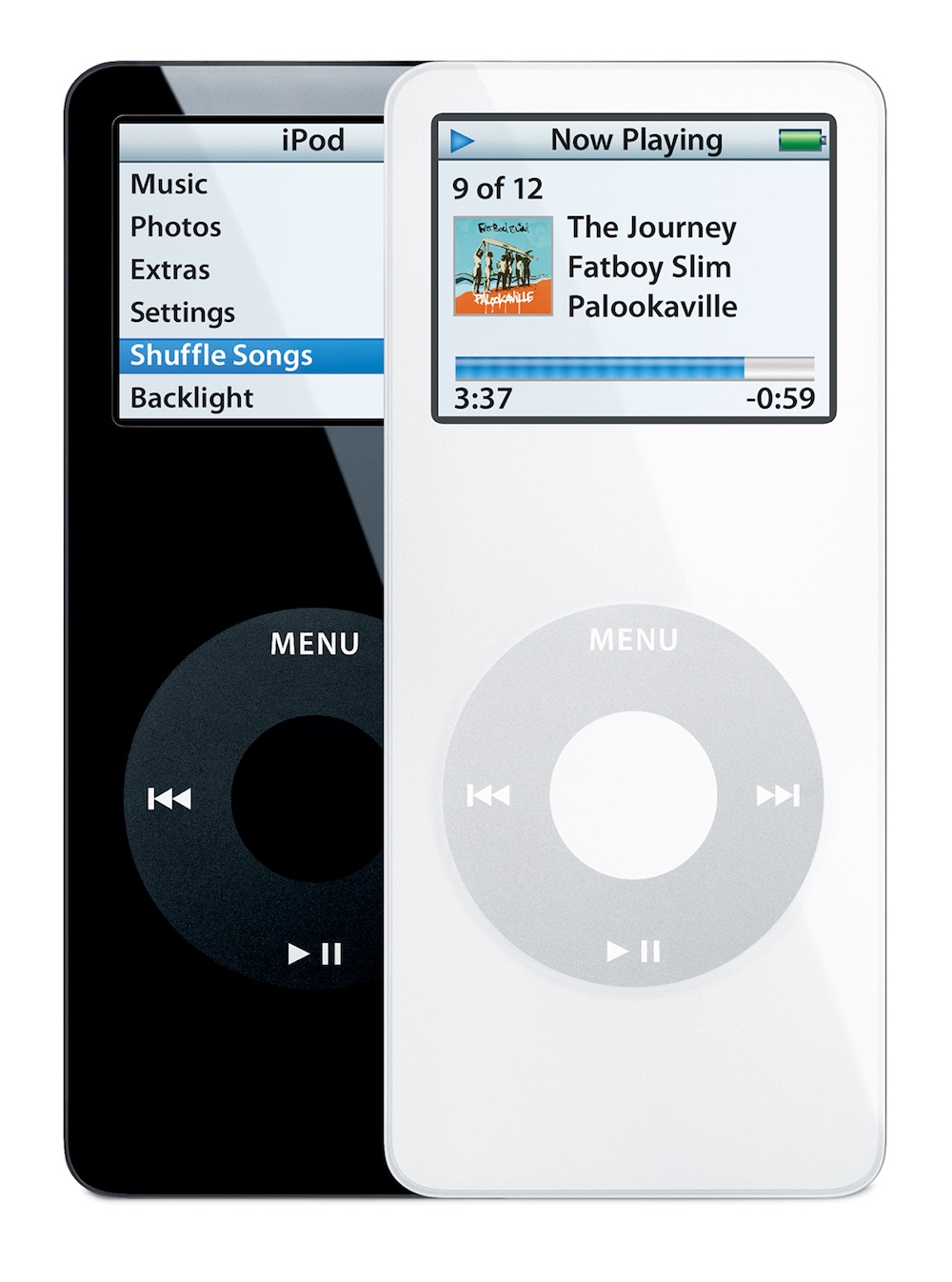
In addition, the iPod nano shipped not only with photo support, but was also the first iPod to include a lap timer, world clock, and screen lock.
While the first-generation iPod nano echoed its mini ancestor in popularity, it wasn't without problems. Users complained of heavy scratching on both the rear casing and the screen, and a few years later, Apple would launch a warranty replacement program for units with defective batteries.
Just a month after the iPod nano's launch, Apple again gathered the media for a second Special Music event in October 2005. The topic? Music videos and TV shows in the iTunes store and on the iPod.
Dubbed the "white iPod" by Jobs, the new fifth-generation iPod featured a larger, 2.5-inch (320-by-240 pixels) display. Coupled with new internals, this iPod could play H.264 and MPEG-4 files at 30 frames per second and even send video out via connector cable to a television set.
Like the iPod nano, the fifth-generation model came in both black and white, and debuted with 30GB and 60GB models that were both thinner than the 20GB iPod with color display that it replaced.
Mercifully, 2006 included just one Special Event, in which the company overhauled the entire iPod line. The fifth-generation iPod got a brighter screen, a better battery, and a price drop—not to mention gapless playback support for music files. The U2 iPod, meanwhile, was feature-revved to match its video-playing cousins.
The iPod nano got an even bigger update: With the second-generation nano, Apple returned to an aluminum design and anodized colors. The thinner device could now play music for 24 hours straight, and could hold up to 2000 songs for users who purchased the black 8GB model.
The iPod Shuffle received the largest update, however. Gone was the stick-of-gum form factor, replaced by a smaller, clip-based design. "Wearability," Jobs said, was what customers wanted most out of the shuffle, and the clip made the device possible to wear without needing a case or lanyard.
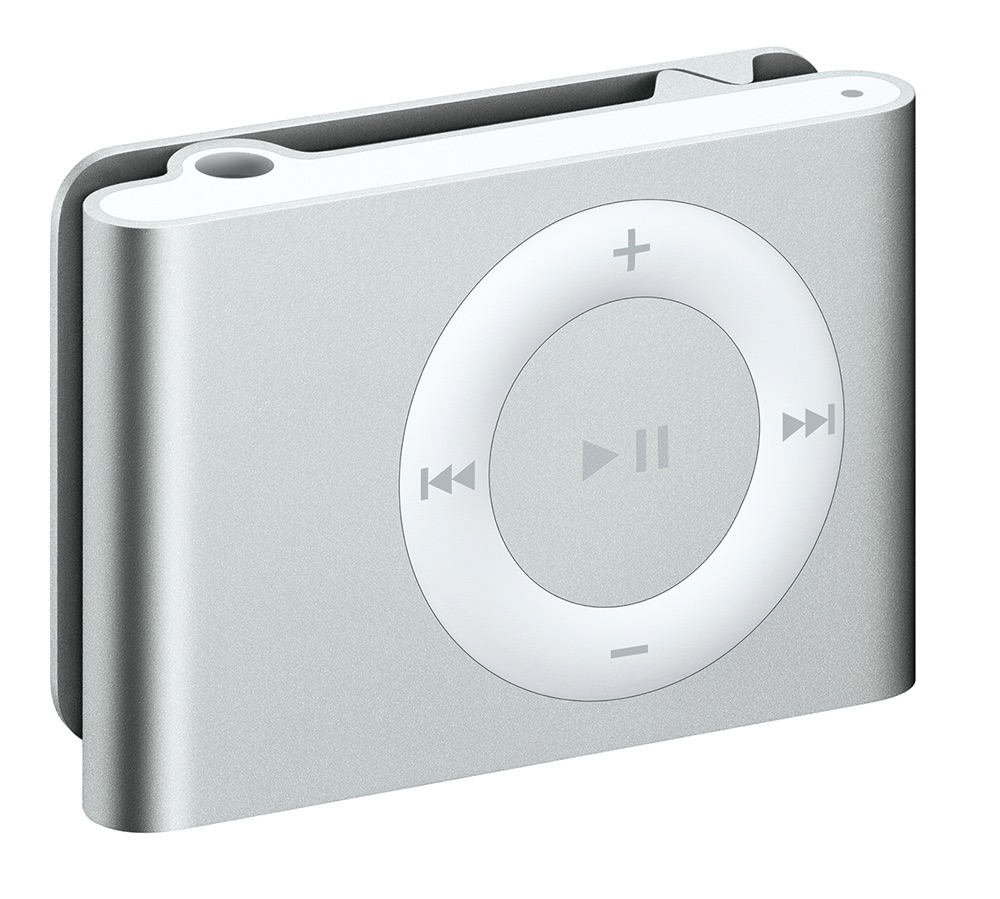
2007-2012: Winding Down
In my mind, 2006 was the last great Music special event. Apple only had one new iPod model to introduce after the iPhone was released in June 2007: the iPod touch. As the dedicated music player declined in both importance and relevance, Apple wisely let its foot off the gas.
That's not to say that the remainder of the Music special events weren't newsworthy: Apple released some of its best iPods after 2007. The iPod touch got bigger and more powerful, albeit usually a step behind the iPhone. The mainstream iPod got re-named the iPod classic in 2007, forever losing its white plastic case in exchange for silver and black aluminum.
And the best iPod nanos came out between 2007 and 2012, including my personal favorite, 2008's "Nanochromatic" 4th-generation model.
It came in bold, bright colors, and returned to the "candybar" form factor after whatever this was. The return to form was short lived, as 2010's iPod nano was square and featured a touch screen instead of a clickwheel, leading some to use the device as a watch.
Where are they now?
The hard-drive-based iPod classic is gone: Apple stopped selling it in September 2014. The company had upgraded the classic's capacity several times since 2007, but there were no other significant changes to the line. While I like having an iPod classic to keep all of my music with me, clearly I'm in the minority. I don't think most Apple users miss this model as an option.
The iPod nano we have today is more or less the same as the 7th-generation model, with a 2.5-inch touchscreen display and weird, iOS-inspired-but-not-really-iOS software. The nano's colors have been tweaked over the years, but that's about it.
The current iPod shuffle, too, has seen only color changes since it was last updated in September 2010. From 2009-2010, Apple did sell a buttonless iPod shuffle, but returned to the (slightly smaller) clip-based design before putting the product on life support.
Really, the only iPod receiving any kind of attention from Apple at all these days is the iPod touch. While it was a long time coming, this year's update brought lots of improvements to the device. But it's no longer the kind of device to highlight at a Music special event: These day,s, the iPod touch is probably more of a portable gaming device than a portable MP3 player.
It's a matter of time before the nano and shuffle quietly join the iPod classic in the great iPod dock in the sky. They no longer sell well, and Apple doesn't seem to be interested in bringing new features to the products. While that makes sense, it makes me a little sad. I love my iPhone 6S Plus, and while it's now the primary way I listen to music, I'll always remember the excitement each fall brought when Apple took the stage to show off the new innovations we'd see from the iPod that next year.
Stephen Hackett is the co-founder of the Relay FM podcast network. He's written about Apple for seven years at 512 Pixels, and has more vintage Macs than family members living in his Memphis, TN home.

